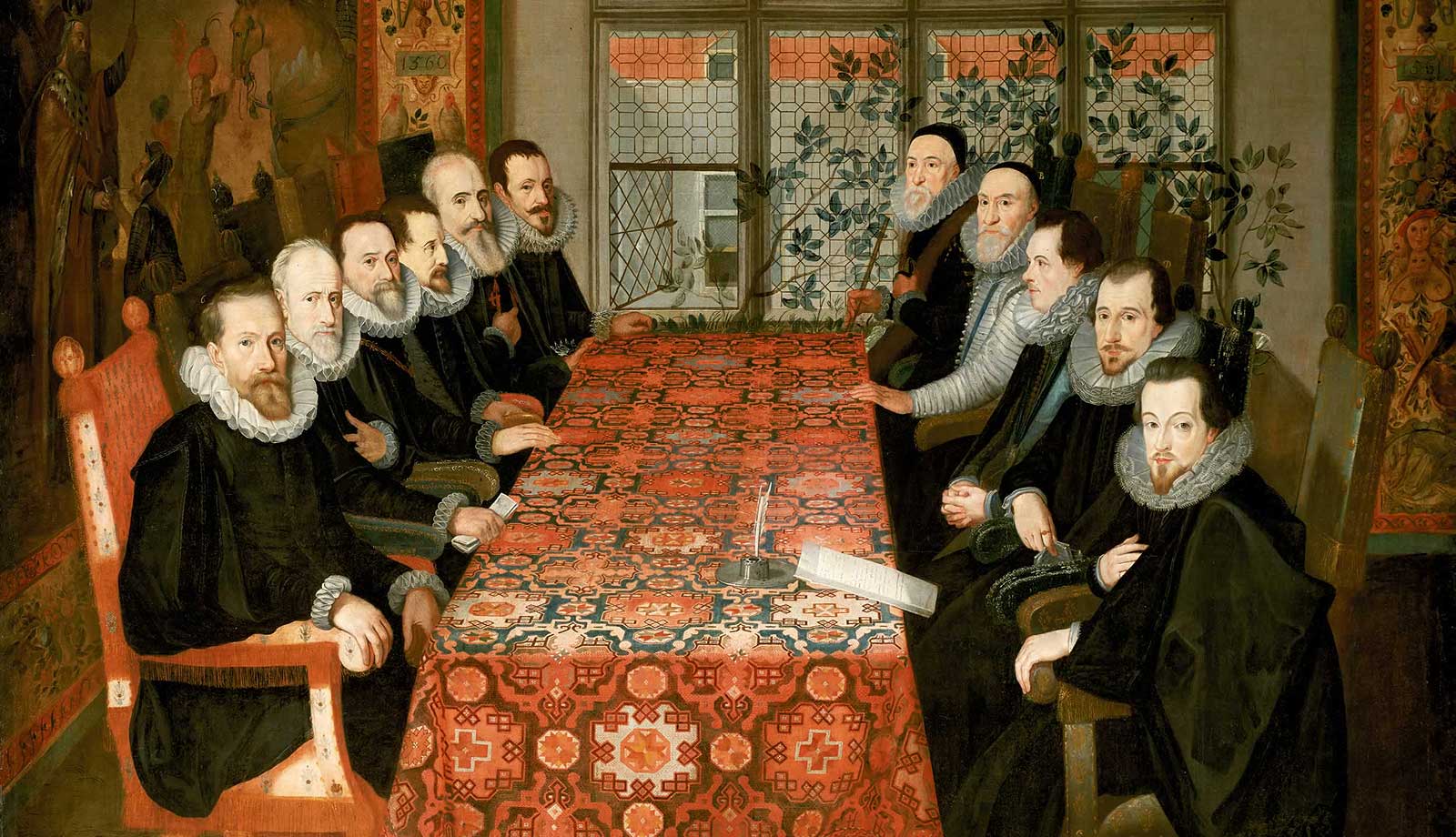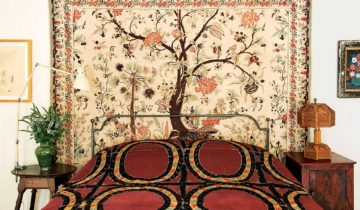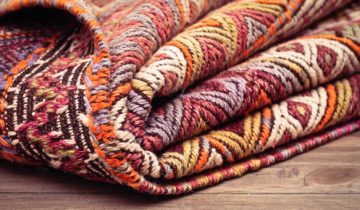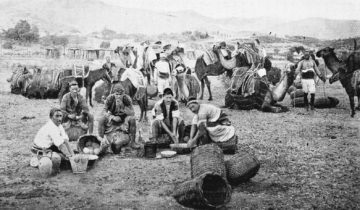Holbein Carpets are probably the first incarnation of what would go on to become Lotto Carpets, Memlings, Bellinis, Ghirlandaios, Crivellis, and so on. Essentially, these were standard, traditional forms of Anatolian kilims that Europeans came to have their own set of associations with, and therefore coined their own terms to deal with.
Holbein Carpets in particular are actually four different types of kilims. The term was coined in 1902 by the author Wilhelm von Bode in what was his primary work, Antique Rugs from the Near East. This was meant as a collection of all Near East rugs and kilims.
It had long since been noticed that Hans Holbein the Younger had painted a great many paintings featuring a particular sort of kilim, or a particular set of kilims. Von Bode, rather than use terms unfamiliar to his audience, simply described them as Holbein Carpets and an entire category was thus born.
Holbein carpets are mostly from Western Anatolia, featuring rows of knotted octagons with borders of interlacing, kufic-style patterns that hark back to an ancient form of Arabic calligraphy.
It’s notable that these kilims were mostly produced in Western Anatolia, which was ideal for trading patterns and easy access for Europeans to the Ottoman Empire. More than just Holbein, these forms of kilims featured in much Renaissance painting, and were considered a feature of the upper classes to have such elegant pieces in their homes and drawing rooms.
The four dominant types of Holbein carpets essentially range from small-pattern Holbein to large-pattern Holbein, and more or less simply refer to the way the octagonal motifs are designed and the size of them. The kilims are immediately recognizable, and now are advertised directly as “Holbein Carpets” as if that is how they were originally designed to be called!




 No products in the cart.
No products in the cart. 